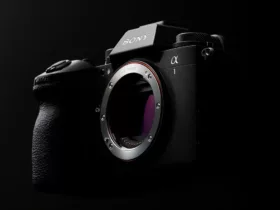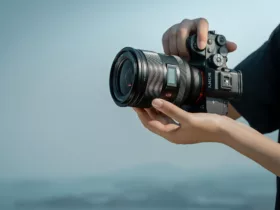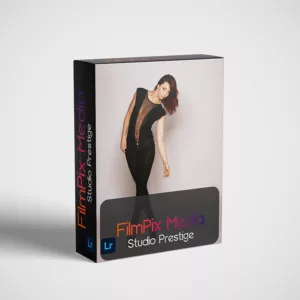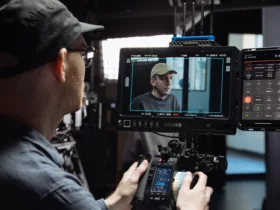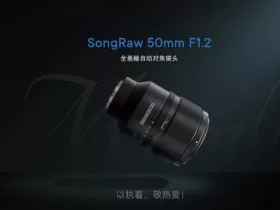Video Production for Social Media: Cameras vs Smartphones

In today’s social media-driven world, video production for social media is everything. Whether you’re a brand trying to connect with your audience or just building a personal presence, what you post matters—and how it’s shot can make a big difference. So, should you go all-in with professional cameras, or is a smartphone enough to get the job done? Let’s break it down.
Why Professional Camera Shots Are Still a Big Deal
High-quality camera shots are like the backbone of any solid social media strategy. You’ve got those crisp, detailed images and videos that scream “professional.” Here’s why they’re awesome:
They Look Super Polished: When you need to show off your best—like for product launches or important announcements—professional shots make everything look sleek and top-tier. It shows you care about the details, which makes your brand look sharp.
You Can Get Really Creative: With pro cameras, you have way more control over things like focus, lighting, and depth. This means you can experiment and get artsy, creating something unique that stands out.
Editing Flexibility: Because the quality is so high, you can tweak colors, lighting, and effects in post-production without losing that sharpness. This is perfect for making everything look exactly how you want.
But Smartphones Are Totally Crushing It Too
While professional cameras have their place, smartphones are taking over the content world. They’ve made creating and sharing easier, faster, and more affordable. Here’s why shooting with a smartphone isn’t a bad move:
It Feels Real: People love content that feels authentic and relatable. That’s where smartphones come in. The casual, unfiltered vibe can make your brand seem more human, which people connect with.
It’s Super Convenient: Forget about lugging around a bunch of gear. With your smartphone, you can shoot and edit right on the spot, saving time and money. It’s perfect for capturing those behind-the-scenes moments or anything spontaneous.
Made for Social Media: Let’s face it—smartphones are practically built for this. The camera quality is solid, and the built-in editing tools make it easy to snap, edit, and share in minutes. When you’re trying to keep up with trends and post often, that’s a big plus.
User-Generated Content: Brands can encourage their followers to create and share their own smartphone-shot content. It’s an easy way to boost engagement and gather a bunch of authentic posts that feel relatable.

Finding the Right Balance
So, what’s the right approach? It’s all about balance. You don’t need to choose one over the other. Here’s how you can make the most of both:
Know When to Use What: Save professional camera shots for those polished, formal campaigns, and use smartphone content for casual, behind-the-scenes posts. That way, your content stays diverse and fresh.
Keep It Consistent: No matter what you use, make sure it fits your brand’s style and tone. Consistency helps your brand stay recognizable and trustworthy.
Engage Your Audience: Use smartphone content to hop on trends and interact with your audience in real time, while professional shots give you content that can be reused for campaigns across different platforms.
Leverage the Strengths of Both: Professional camera shots elevate your brand’s look, while smartphone content keeps things real and relatable. By using both strategically, you can cater to a wider audience and cover all your content needs.
Final Thoughts
At the end of the day, both professional camera shots and smartphone content have their strengths. The key is knowing when and how to use each one to keep your social media presence engaging, authentic, and visually appealing.




